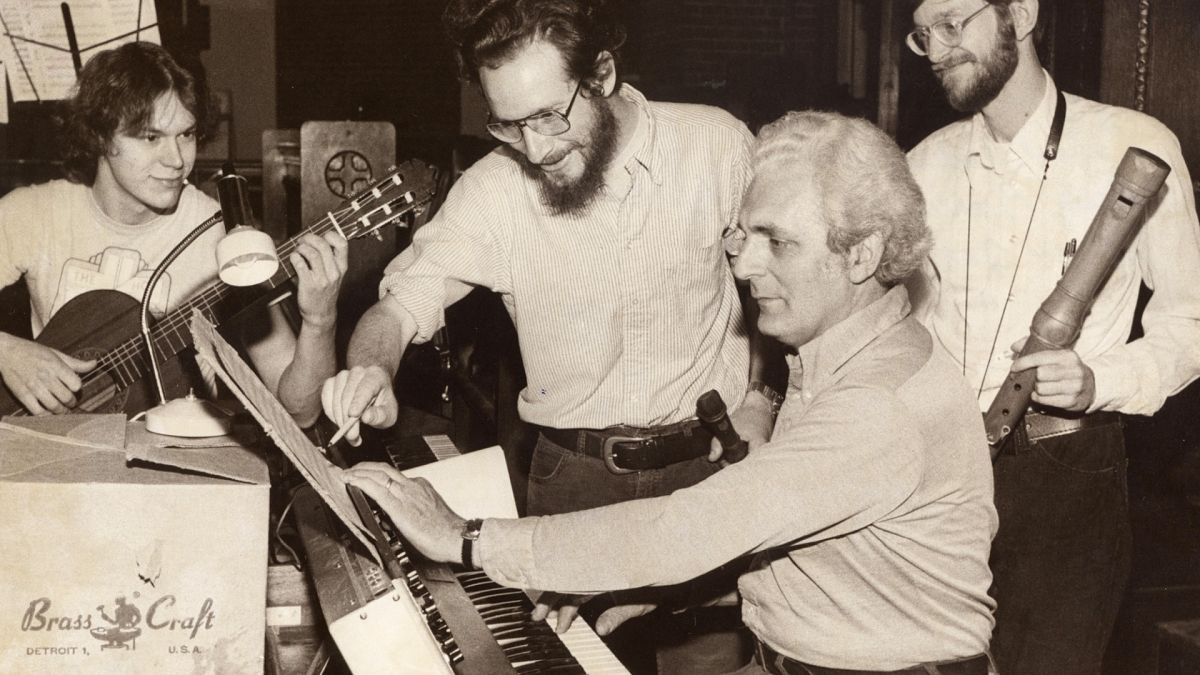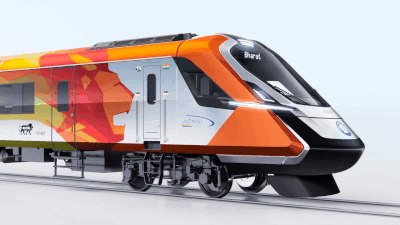In 1964, Robert Moog released the first Moog Synthesizer, changing the face of all music forever. The Moog Synthesizer. It was one of the first modular voltage-controlled oscillators and amplifiers, created by Robert Moog.
Robert Moog’s synths were the first to entirely allow people to create and manipulate electronic music. His first prototype had two voltage-controlled oscillators and a voltage-controlled amplifier. The first oscillator allowed users to change a created sound’s pitch through the voltage which could then be modulated with the second oscillator to produce effects like tremolo.
It’s the 60th anniversary of the first Moog Synthesizer. Electronic sound synths already existed at the time but they were the size of entire rooms. Moog, a fan of the theremin – the touchless electronic instrument created in the 1920s – experimented with adding amplifiers to the synth's oscillators to make a more portable version of the machine.
As well as being the first portable modular synth, it was also the first affordable one. Well, sort of. The original Moog Synthesizer was $10,000 in 1964.
Adjusted for inflation is around $100,000 (€90,000). So it wasn’t exactly cheap but it was significantly less than the millions you’d have paid in today’s money for its competition. The first customer was British-American composer Eric Siday, who had commissioned Moog to make it for him and asked for a keyboard to be added to the machine.
Other composers interested in experi.


















